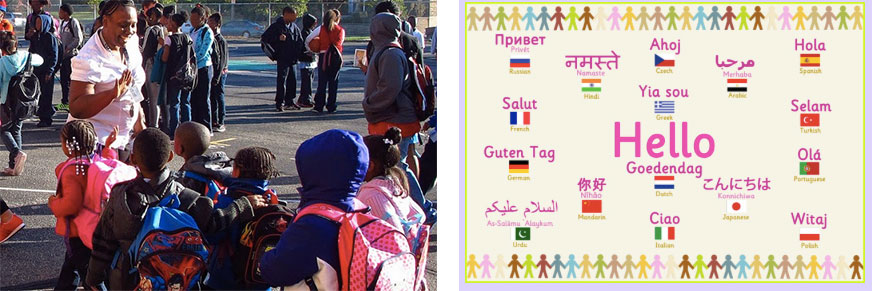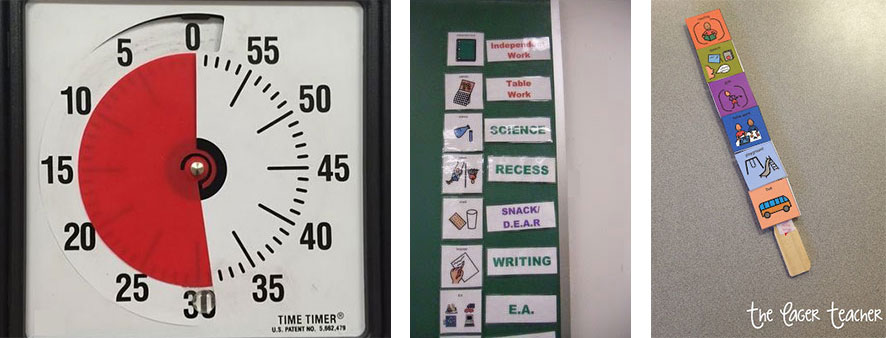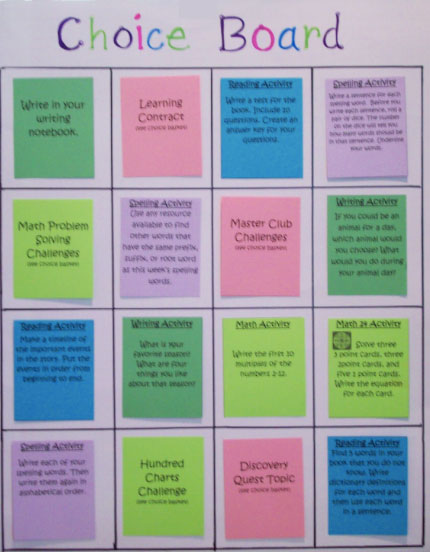Before school
Including children with various needs in a general education classroom can be a concern for some teachers who have not had any experience with inclusion. It can be an overwhelming task with IEPs to follow, adaptations to make, and differentiated lessons to create. Not to mention, inclusion is rumored to cost a lot of money! How can general education teachers ever make this work?
First and foremost, inclusion is an attitude not a program. Just by starting to think that all children in your class will be included as much as possible is the best way to begin! In fact, one of the most effective, inclusive behaviors is to use inclusive language! Rather than using the word “them” when referring to children with special needs , start using the words “we” or “us.” And, second, start small. Making a few tweaks to your curriculum and daily schedule each week will set you on your way!
In this article, I list several ways in which you can quickly, easily, and cheaply transform the beginning of the school day to make it more inclusive and support students with various social, emotional, physical, and intellectual needs. These activities can be adapted to most grade levels.
Meet and greet
If you are a teacher who sits at your desk as the students enter the room, you would surprised at what a difference greeting them at the door makes. For some children, this will be the first positive interaction they have had with an adult that morning.

This time can set the stage for a day full of positive learning experiences. By cheerfully greeting each student you let them know it is a new day with a fresh start and you are happy to see them. In a very effective way, this creates the sense that you are on their team and are ready to help them learn. (In addition, it has the added benefit of allowing you to assess the mood of the students before they even sit down so you can make curriculum adjustments accordingly!). Here are some ways to greet your class:
- High-five
- Fist bump
- Say ‘Hello’ in another language
- Secret password
- Handshake
- Wave
Seating
Before sitting down at their desks, make sure the students know where to put their belongings. Assign hooks, shelves or lockers to students. You would be surprised at the amount of interaction that goes on in this area, so help students be fair and considerate of one another. In addition, take the time to plan a seating arrangement for your class. Make seating inclusive by:
- Taking into account student needs (ie. physical, sensory, or proximity to teacher). For example, placing a student with ADHD near the front of the class allows the teacher to help the student remain focussed.)
- Placing desks in a way that facilitates inclusion such as a horseshoe shape, in pairs, groups, a circle or side by side in a line.
- Ensuring that ALL students are a part of this arrangement and not relegated to the back corner of the classroom
Instead of individual desks, use large tables for students to sit around.
Schedule
Posting the class schedule in a highly visible area of the classroom supports ALL students by providing predictability, routine and transitions. Schedules can be used and created in many different ways such as:
- A visual schedule with pictures of activity and/or time the activity takes place
- Individual schedules at the student’s desk
In addition, the use of timers during each new learning time can help students anticipate future transitions in the schedule.

Sponge activity

After the students are seated, help them prepare for learning with a “sponge” activity. A sponge activity is always engaging and sets the student up for learning. In addition, this is typically a quiet time that allows the teacher to take care of matters such as attendance or homework check. Here are some guidelines I use for sponge activities:
- Always provide choices for the sponge activity
- Offer choices that appeal to various learning styles
- Provide choices that are at various skill levels
- Choices come from various subject areas
- Sponge activities can be done independently
Here are some examples of sponge activties (PDF).
Nicole Eredics is an educator who specializes in the inclusion of students with disabilities in the general education classroom. She draws upon her years of experience as a full inclusion teacher to write, speak, and consult on the topic of inclusive education to various national and international organizations. She specializes in giving practical and easy-to-use solutions for inclusion. Nicole is creator of The Inclusive Class blog and author of a new guidebook for teachers and parents called, Inclusion in Action: Practical Strategies to Modify Your Curriculum . For more information about Nicole and all her work, visit her website .

